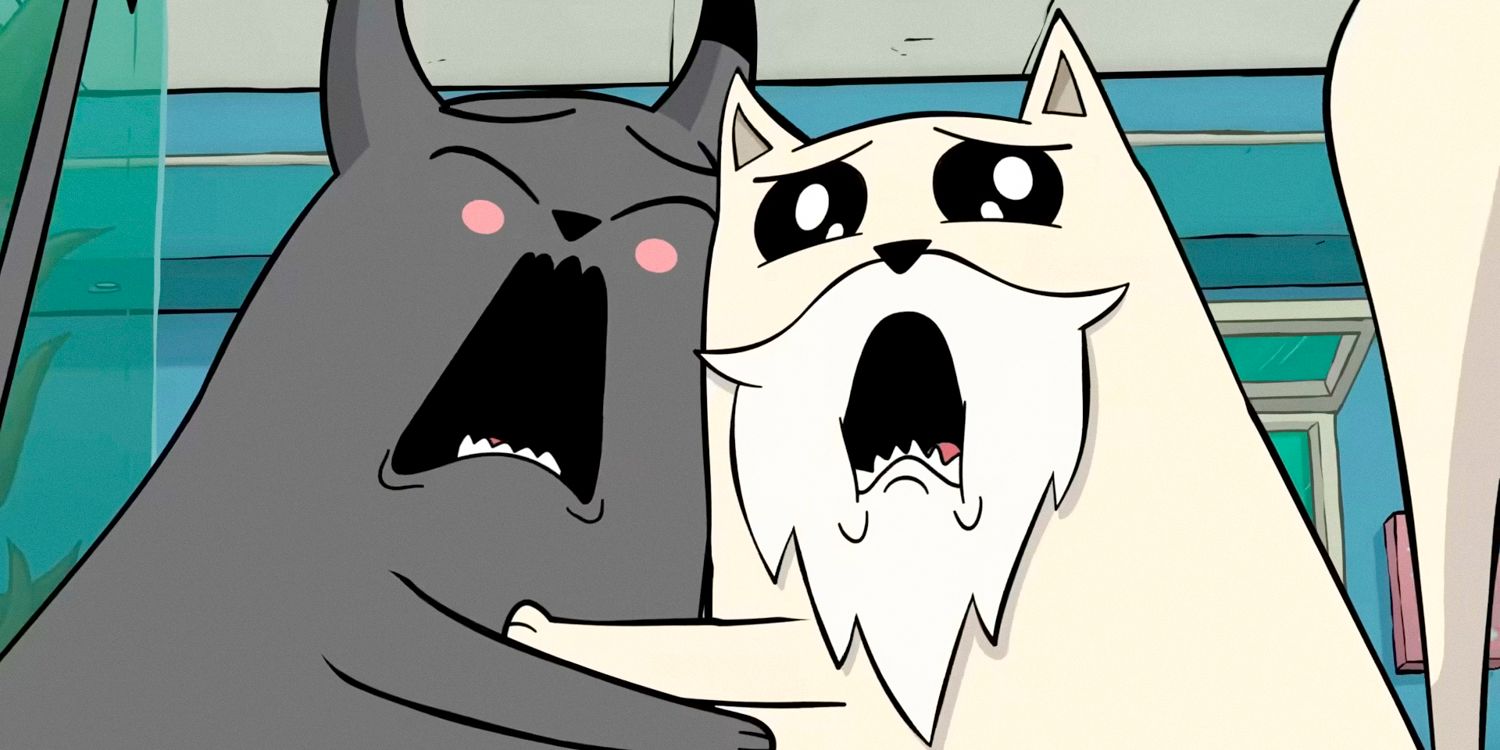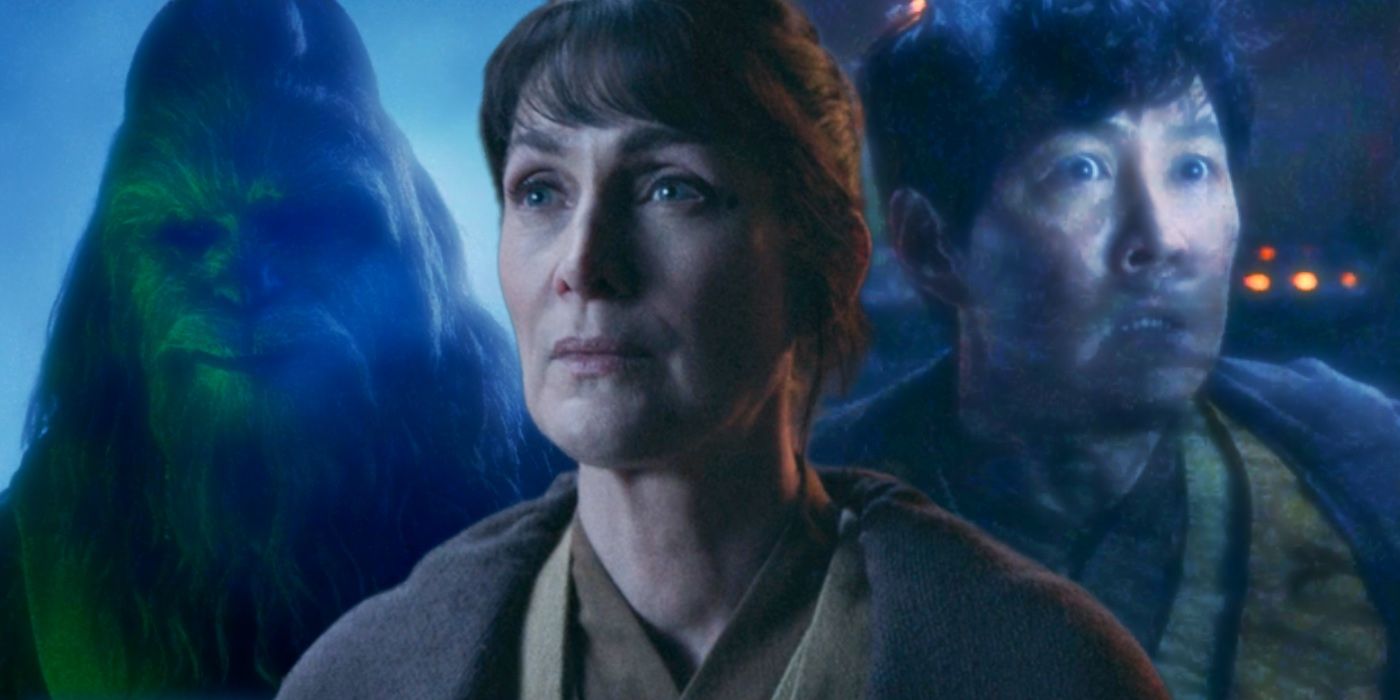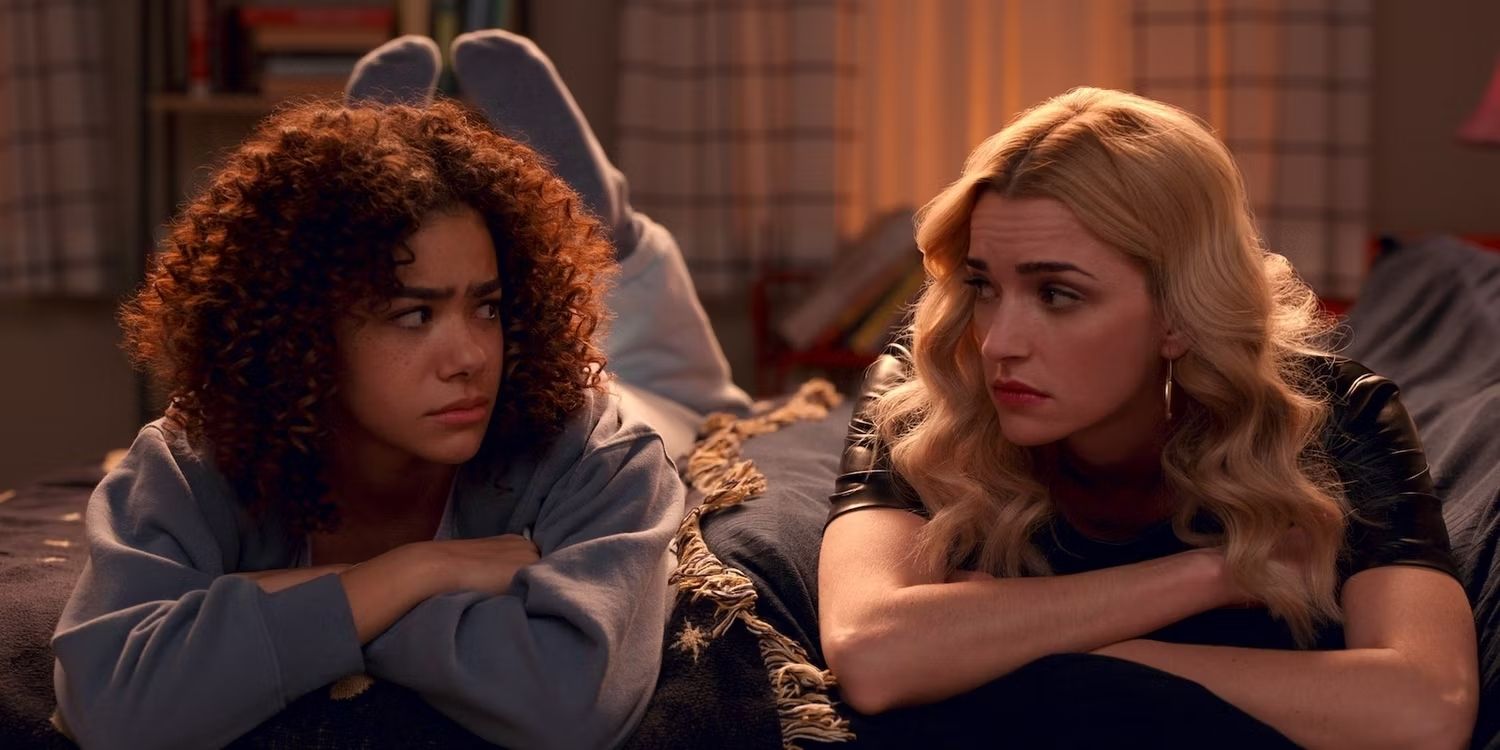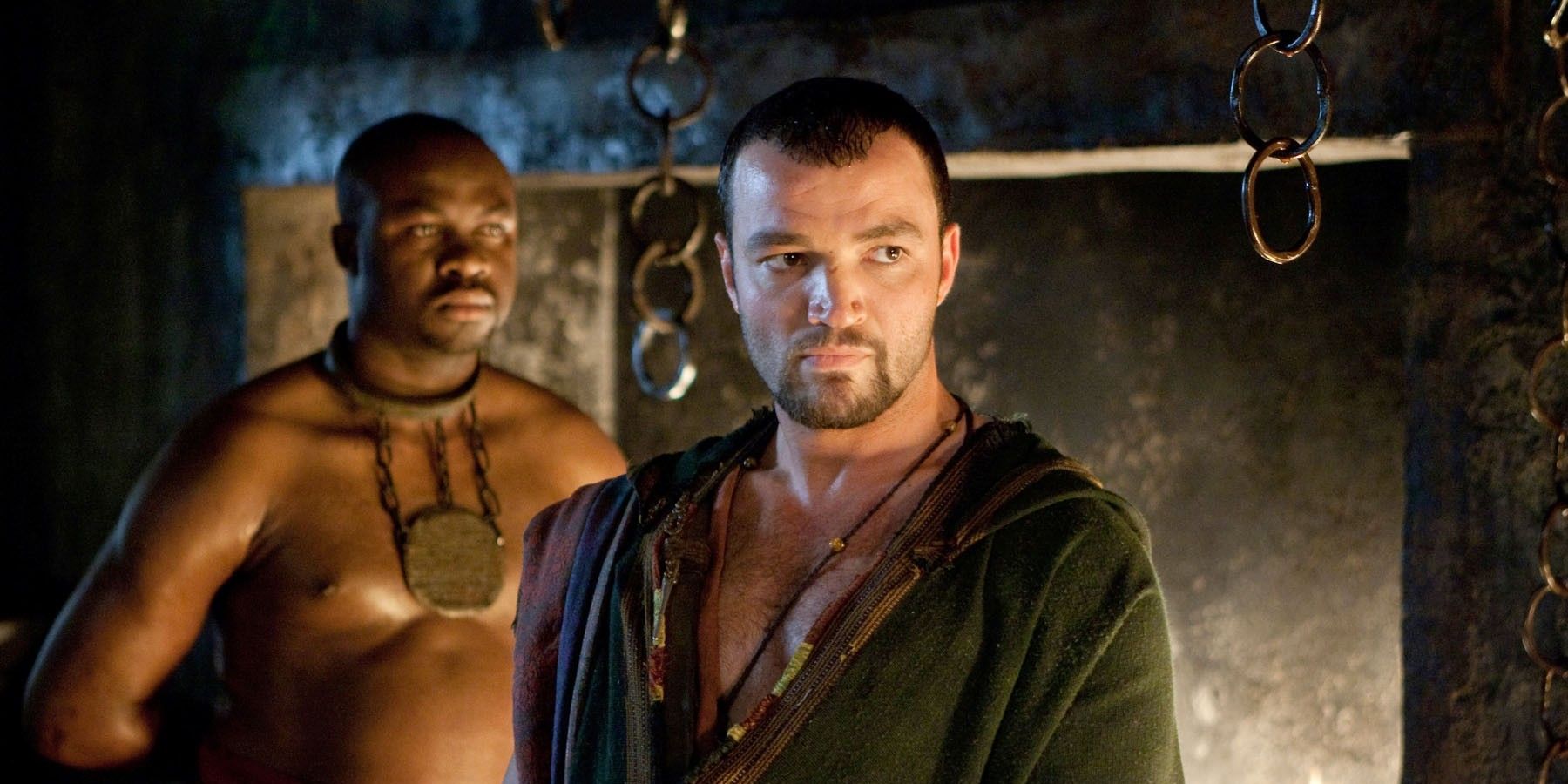When TV shows boldly transform their storytelling for one episode to give a different take on the narrative, this often creates unforgettable small-screen moments that enhance the overall dynamic of the series. Some of these episodes truly stand out, leaving a lasting impact on both the characters within the story and the viewers at home. Such narrative departures can be a powerful tool, offering fresh perspectives, delving deeper into character development, and experimenting with storytelling techniques.
Changing the narrative style helps to avoid filler episodes in TV shows, which can often feel like a lull in the overall storyline. By introducing narrative-altering episodes, the series maintains viewers’ interest and keeps them engaged, preventing stagnation in the plot. These episodes often serve as “bottle episodes,” offering a self-contained story within the larger narrative. This can allow the show to delve deep into character development, explore new themes, or experiment with unconventional storytelling methods. While viewers may be accustomed to a certain episode style, it’s important to recognize and appreciate moments that tell stories differently.
10 “Grandpa” – High Maintenance
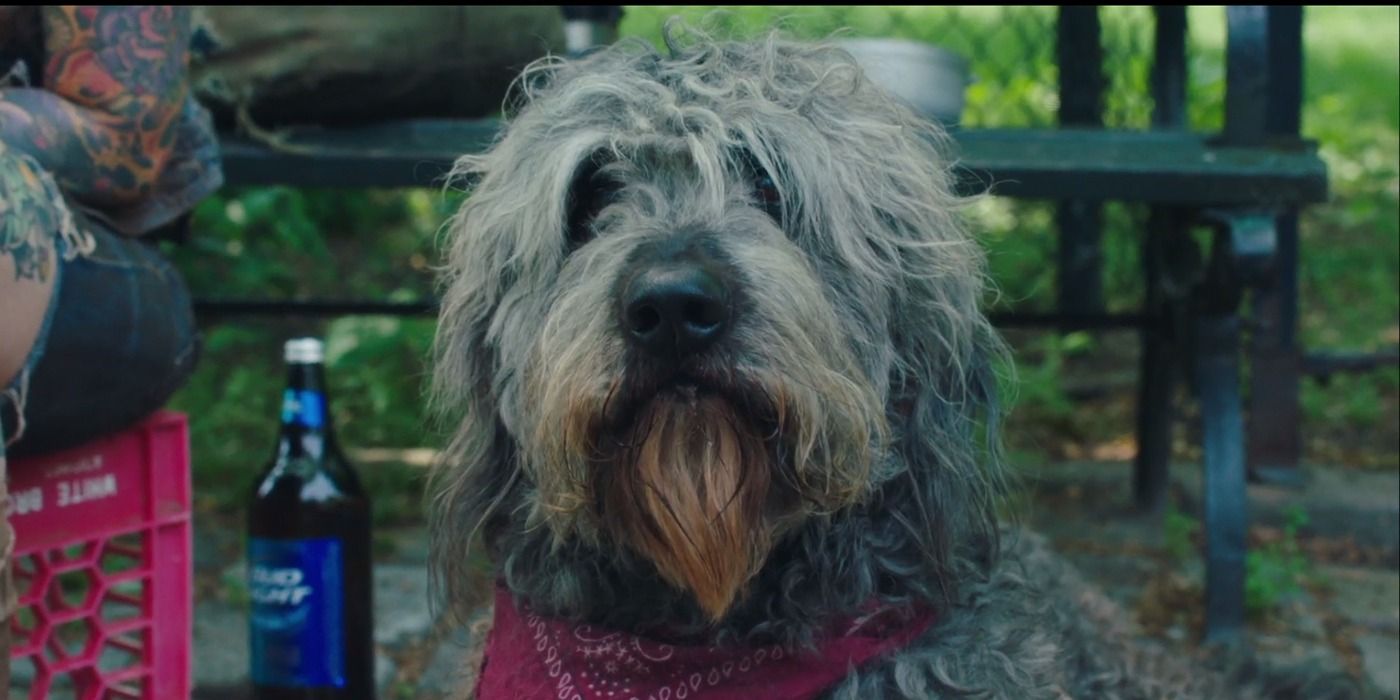
In the third episode of High Maintenance season 1, the narrative style of “Grandpa” takes a unique and inventive turn from the show’s typical episodic structure. Unlike its usual character-focused storytelling, this episode shifts the perspective to that of a dog, offering a fresh and innocent outlook on human interactions and daily routines. “Grandpa” stands out as a heartwarming vignette, elevating the show’s overall narrative. Since the series typically peers into the lives of various New Yorkers, this change offers new insights by taking this direction.
9 “Help for the Lovelorn” – Felicity
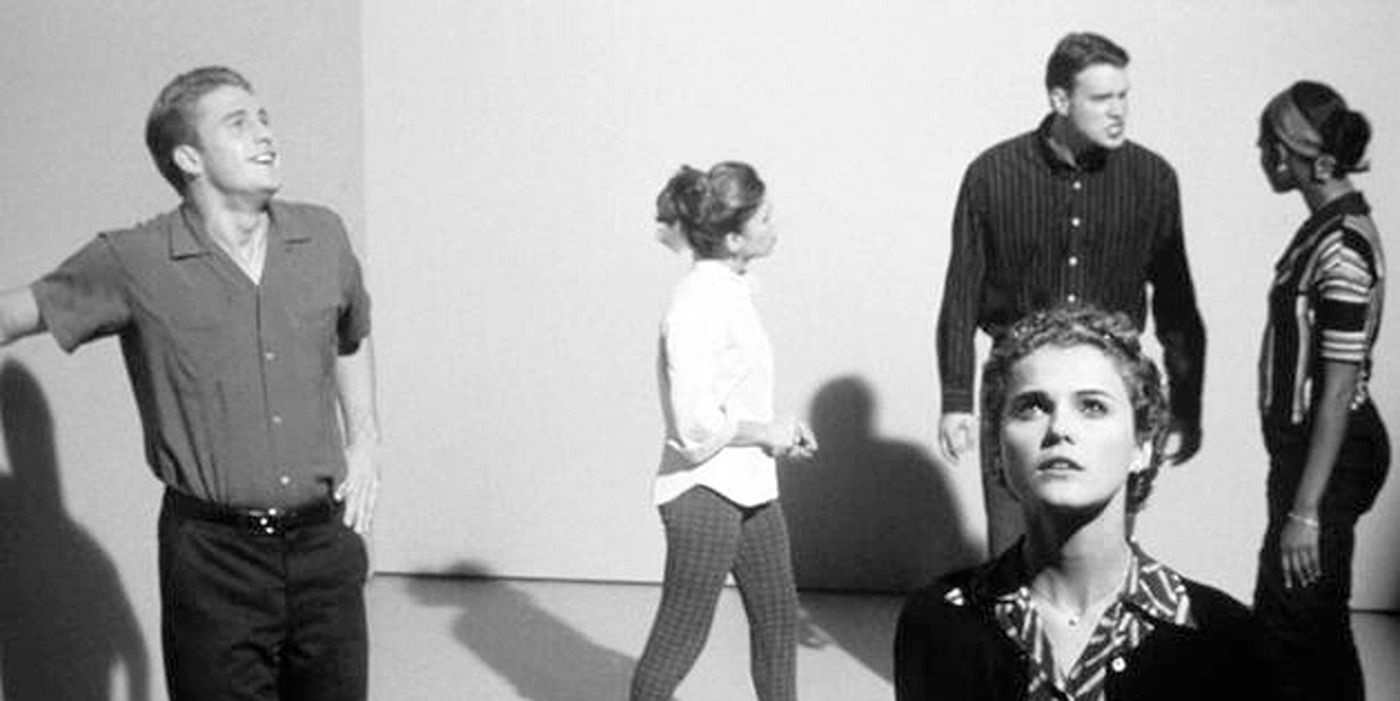
Hailed as one the best TV shows set in college, in season 3 of the hit early 2000s show Felicity, the series takes an interesting departure from its usual narrative style. Typically, Felicity delves into the life and romantic experiences of its titular character, but in this particular episode, it adopts a storytelling approach reminiscent of The Twilight Zone. The narrative unfolds as a “what if” scenario, presenting an alternate reality where Felicity’s life takes a radically different trajectory. This stylistic shift not only introduces a layer of originality to the series but also encourages viewers to contemplate the impact of choices and circumstances.
8 “Pine Barrens” – The Sopranos
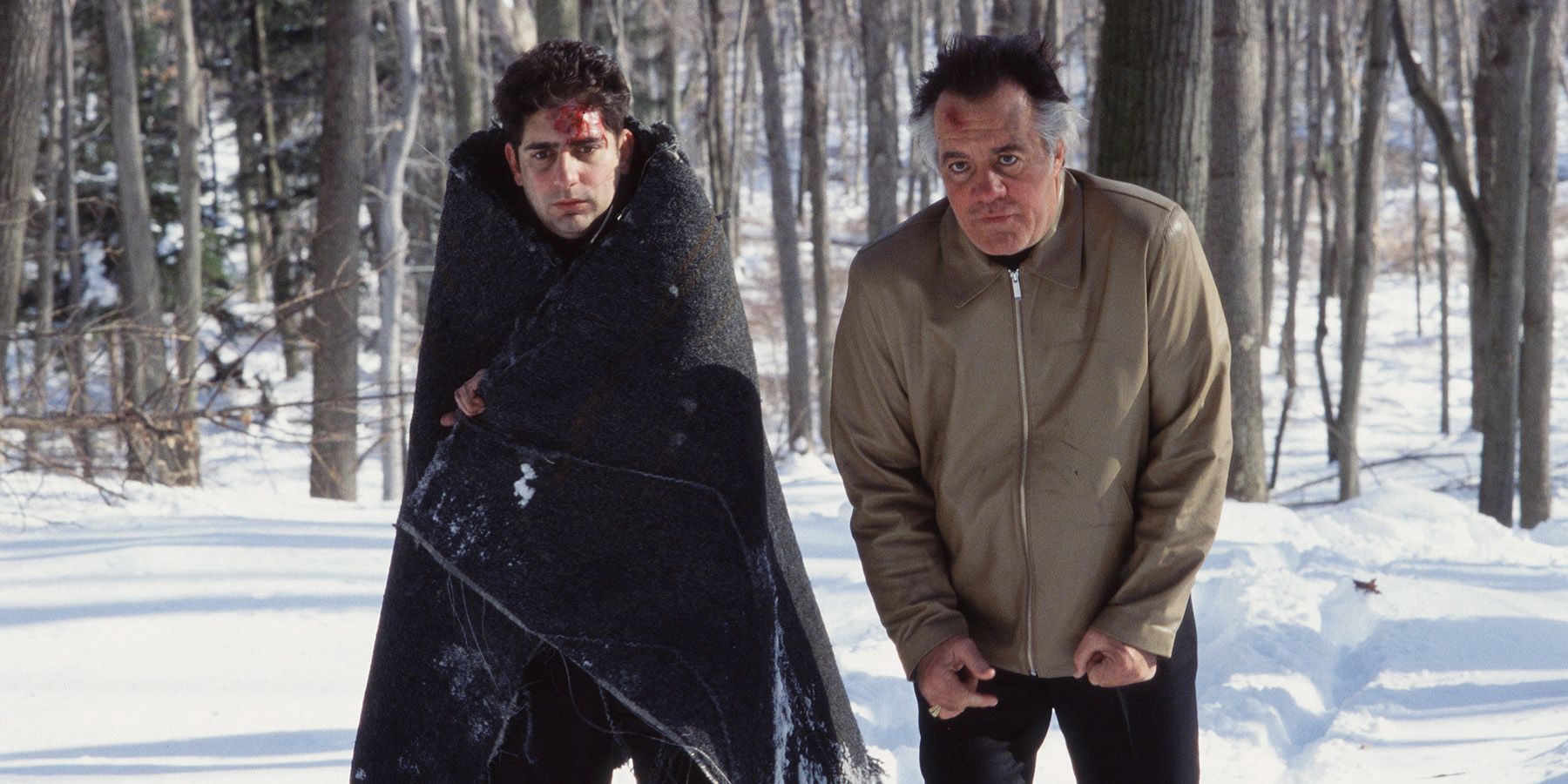
The Sopranos is known for revolving around organized crime and family dynamics, hence why season 3, episode 11, “Pine Barrens,” stands out as an anomaly. This episode propels the show into a realm of dark comedy and absurdity as it follows Tony and Paulie’s misadventures in the desolate Pine Barrens to handle a routine collection of a Russian gangster. In contrast to the series’ character-driven, psychological storytelling, this episode presents a comedic misadventure where the central plotline goes unresolved. This unexpected narrative shift reveals its versatility and demonstrates its willingness to challenge genre norms.
7 “Hush” – Buffy the Vampire Slayer
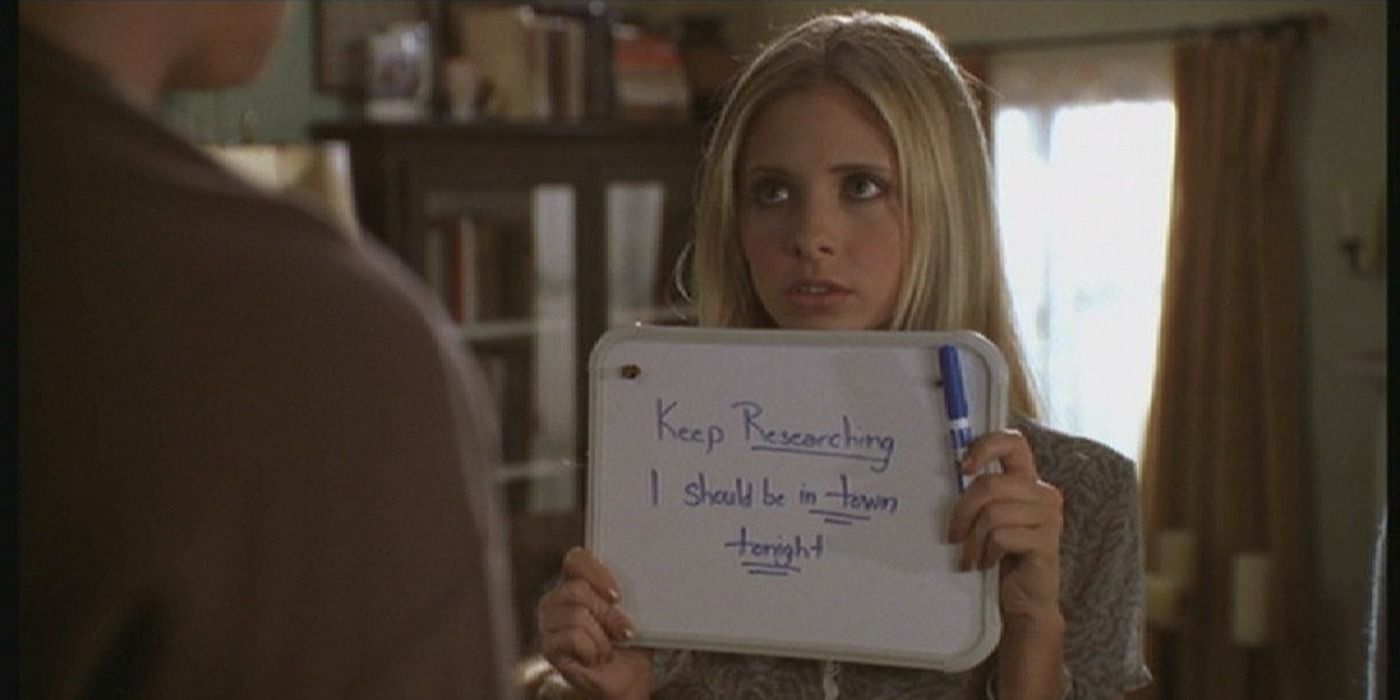
While Buffy the Vampire Slayer already displayed a unique style during its 7 season run, season 4’s tenth episode surprisingly broke away from its standard formula. Typically, Buffy thrives on sharp, witty dialogue and character-driven storytelling. However, “Hush” went in the opposite direction by stripping away words altogether. In a narrative that masterfully mixes horror and fantasy, a group of menacing entities known as The Gentlemen descends upon Sunnydale, stealing the voices of the townspeople and forcing the community into silence.
6 “My Musical” – Scrubs
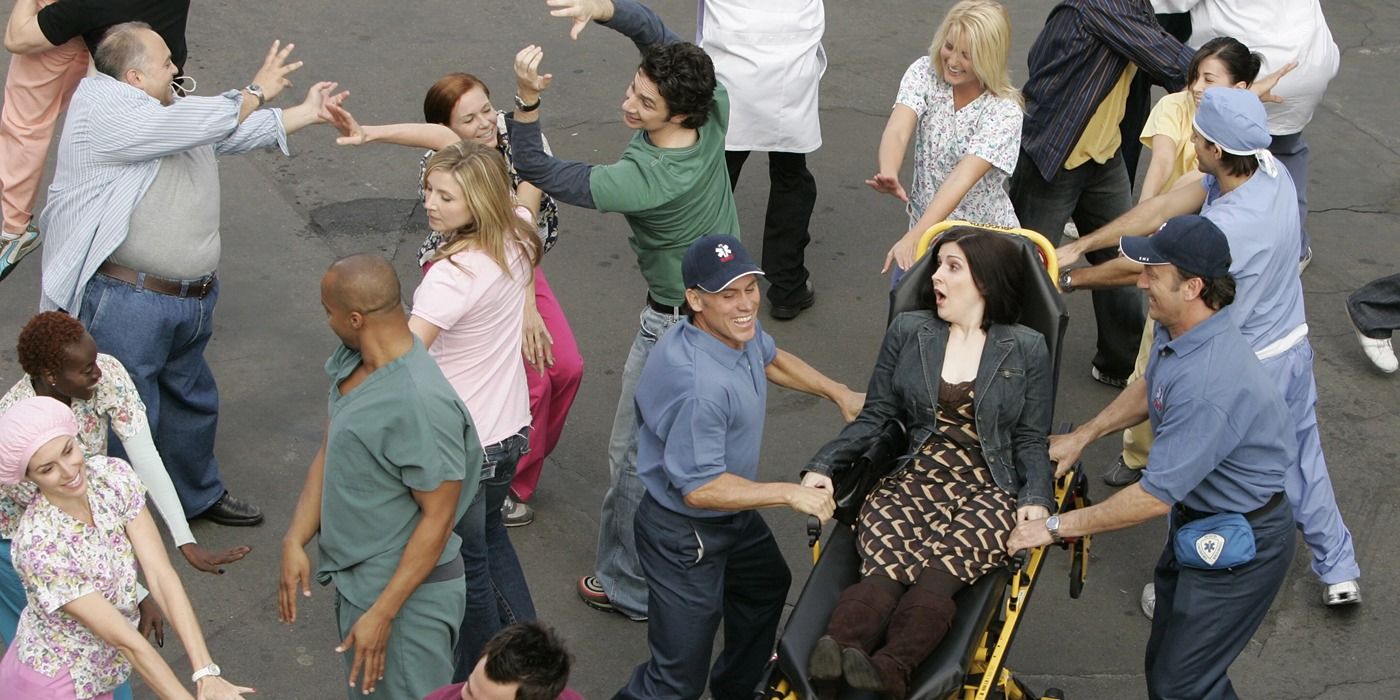
Scrubs typically thrives on medical dramedy and character-driven humor, but season 6, episode 6 is a noteworthy exception. This episode transforms the entire narrative into a full-fledged musical, where characters spontaneously break into song and dance, navigating through medical cases and personal predicaments via musical numbers. This special episode, which perfectly showcased the cast’s musical talents, also inspired a Grey’s Anatomy musical episode to happen.
5 “The One with the Prom Video” – Friends
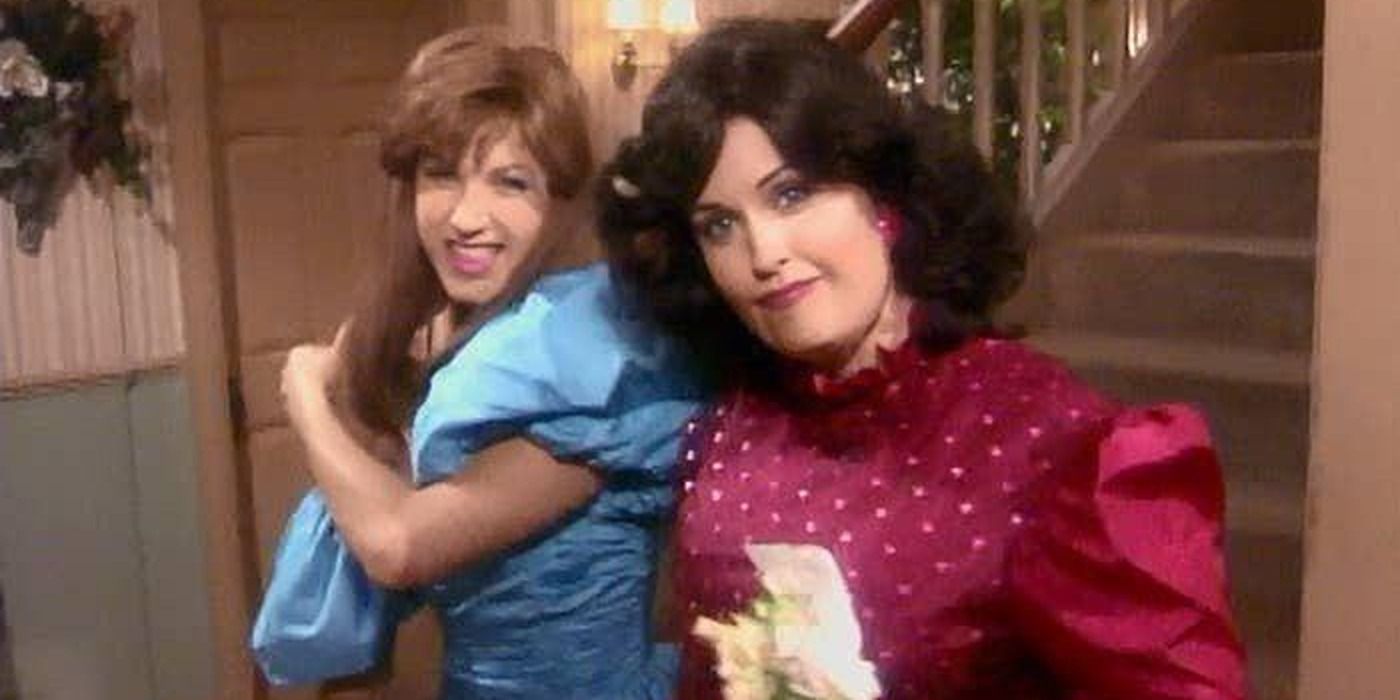
Predominantly offering a blend of situational comedy and character-driven narratives, Friends is centered on the daily lives of six friends. However, season 2, episode 14 “The One with the Prom Video” introduces an atypical storytelling approach by revisiting the past through a prom video. This change juxtaposes past and present, with the rediscovery of an old video. This episode, while still maintaining the core essence of humor, enhances Friends by highlighting the bonds and shared history of the characters, making it a memorable episode.
4 “ETC” – Paranoia Agent
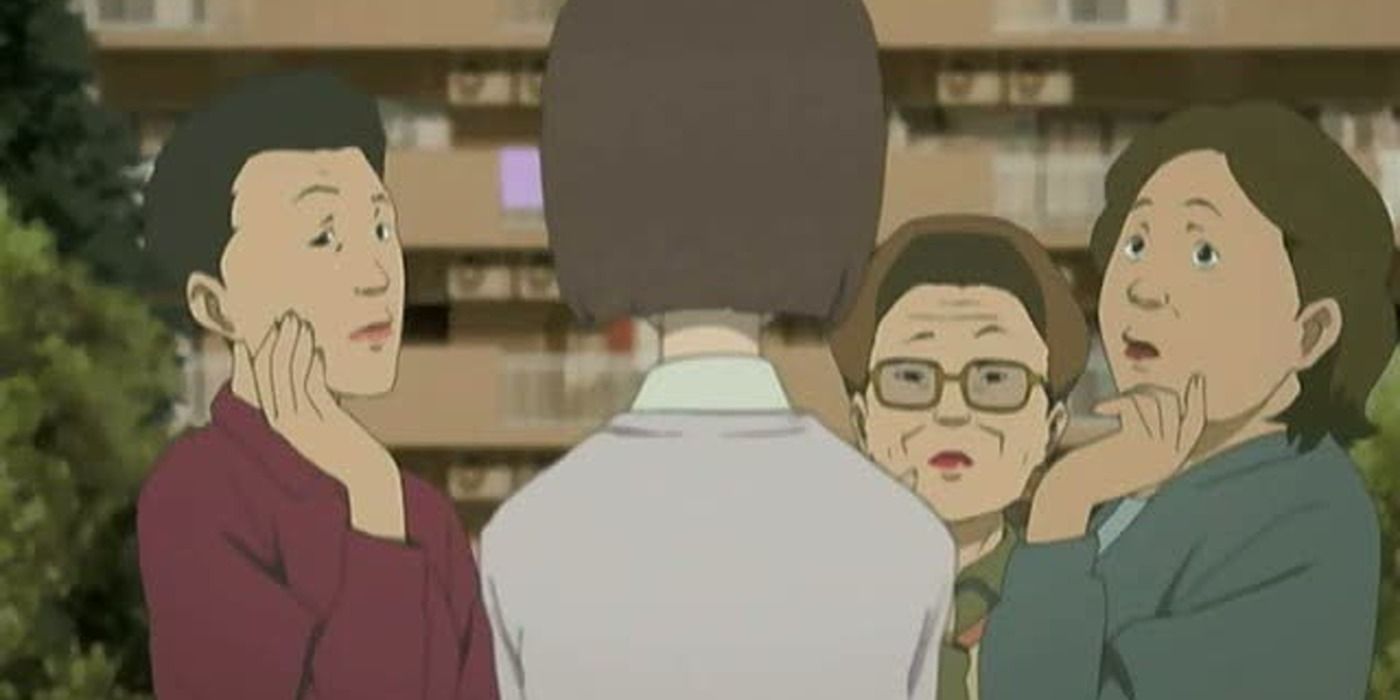
Paranoia Agent is a psychological thriller and mystery anime series created by Satoshi Kon, known for his surreal and thought-provoking works. The show explores paranoia through a series of interconnected stories involving the mysterious assailant named Shonen Bat. In episode 9, the narrative takes a distinctive turn from the series’ storytelling. Unlike the typical focus on individual characters, this episode adopts a fragmented structure, weaving together multiple, unreliable narratives through the retellings of four housewives.
3 “Fly” – Breaking Bad
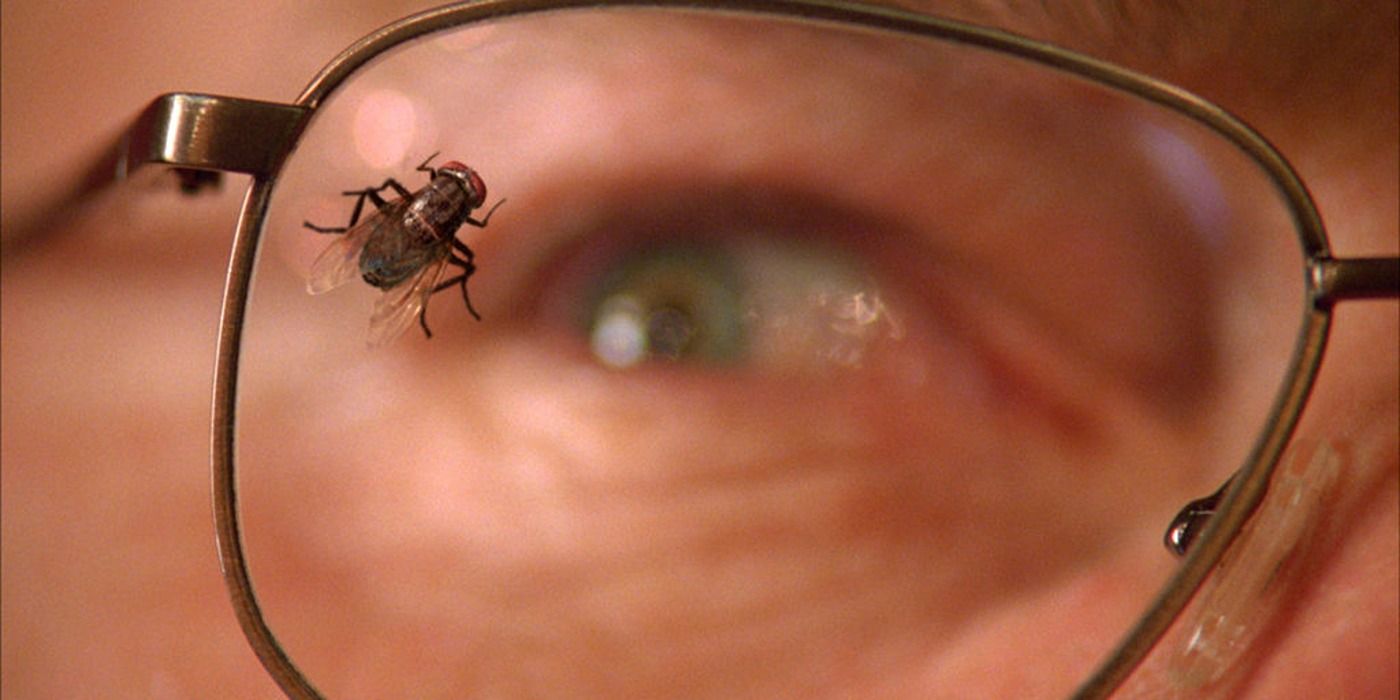
Arguably one of the best TV shows of the 21st century, season 3, episode 10 of Breaking Bad, titled “Fly,” stands out as an exceptional deviation from its normal narrative style. The episode unfolds within the confines of the lab, focusing on Walter White’s attempt to kill a pesky fly. This narrative choice offers a bottle episode style that contrasts heavily with the show’s usual action-packed narrative. By narrowing the focus to the symbolic and metaphorical significance of the fly, Breaking Bad took a massive risk, but in doing so, was able to deliver an unexpected gem.
2 “Leslie and Ron” – Parks and Recreation
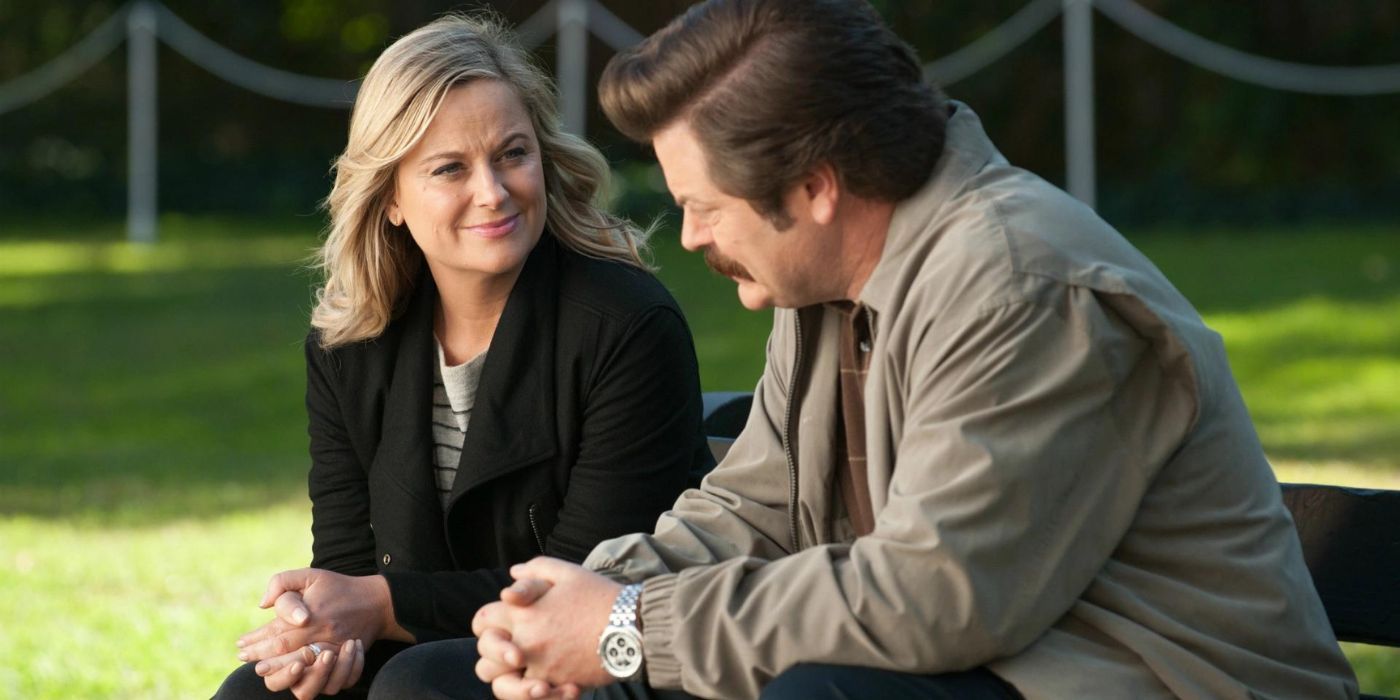
Parks and Recreation uses a mockumentary style that involves character interviews and humorous asides. However, in season 7, episode 4, “Leslie and Ron” focuses on an uninterrupted, emotional conversation between the two characters, Leslie Knope and Ron Swanson, played by Amy Poehler and Nick Offerman, as they reconcile their friendship. This departure from the mockumentary approach enhances the show’s authenticity and depth, and allows viewers to witness a poignant and unscripted moment between Leslie and Ron.
1 “Fish Out of Water” – BoJack Horseman
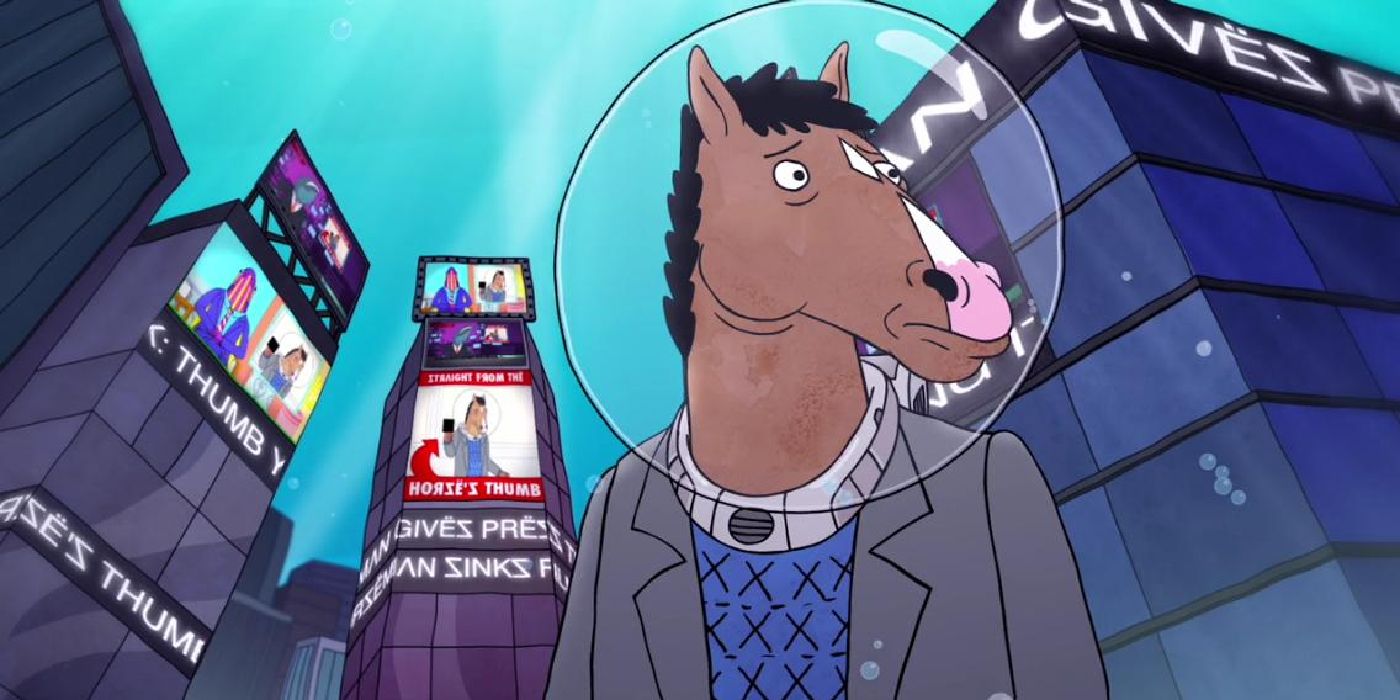
In season 3, episode 4 of BoJack Horseman titled “Fish Out of Water” introduces an episode that’s largely dialogue-free and set underwater, adopting a dreamlike, silent film aesthetic. This shift in narrative style heightens the show’s artistic and emotional depth, giving viewers an immersive glance into BoJack’s introspective journey. As the episode explores themes of isolation and connection, the absence of dialogue adds a welcome sense of charm and sincerity to the series. It showcases the show’s ability to blend humor and poignancy in an unconventional manner, while also staying true to the underlying essence that Bojack Horseman is known for.
